MISE EN SCENE TASKS
Meanings and emotions conveyed by the images;
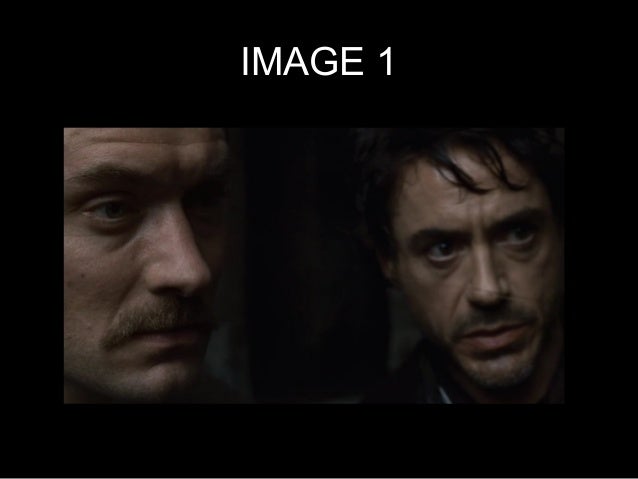
Intense atmosphere, serious characters, what the characters are looking at is very intense-like they are trying to figure something out. Dark scene also adds to
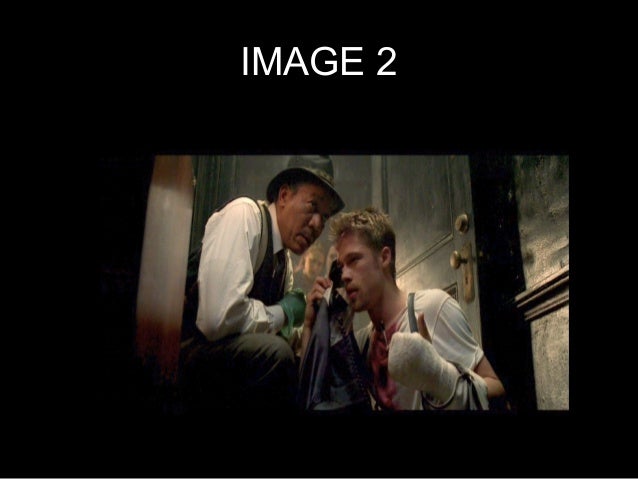
Once again an intense atmosphere, characters appear curious and anxious, both interested in what is happening on the other end of the phone, low camera angle looking up showing how characters are potentially important.

Man in middles body language showing importance, war scene therefore contextually would be a loud, dramatic scene.
What does the positioning in the following images reveal about the characters/film?
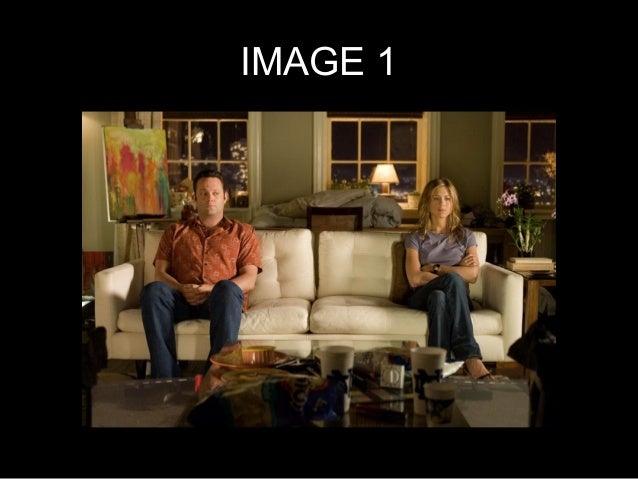
Divide between characters shows elements of awkwardness and separation. Perhaps divorced couple, settings shows inference of counselling and body language communicates annoyance.
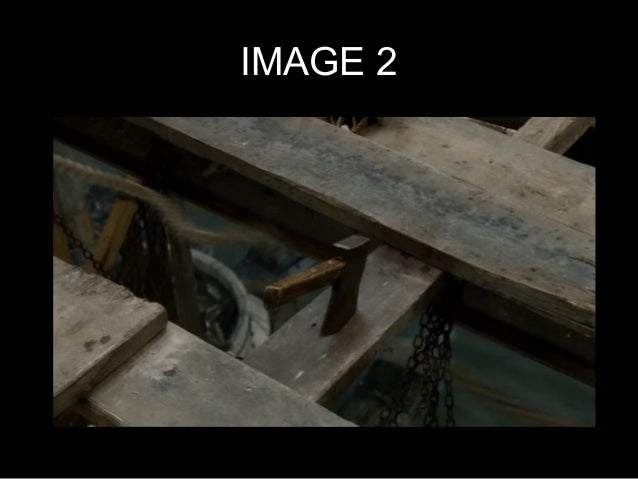
Axe in the middle of the shot shows emphasis and importance, indicating film based around it, perhaps of the crime/horror genre. Axe is a harsh weapon showing intensity in the film.
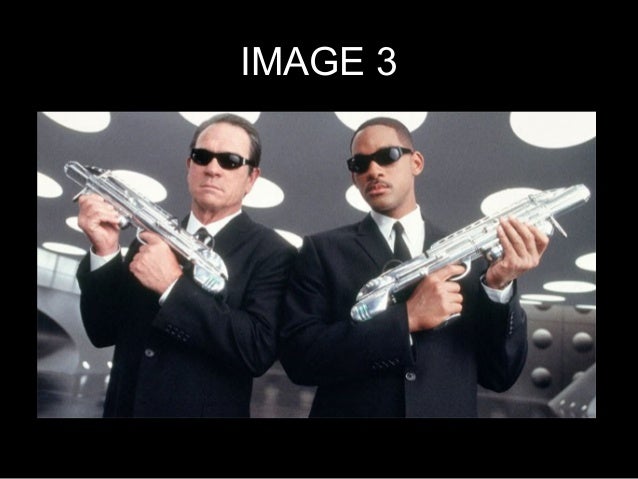
Image from men in black film, silver colours and different guns showing futuristic feel and sunglasses adds to the authority of the characters.
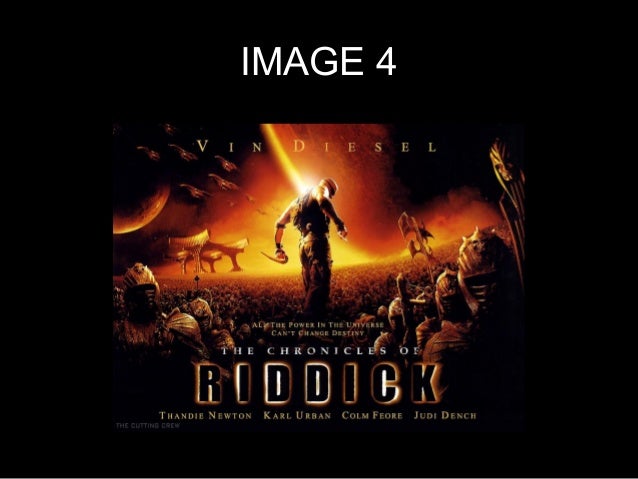
Dark background puts emphasis on the main character as eyes are drawn to orange parts therefore leading us to the characters. Other characters in the shot show futuristic vibe.
Lighting
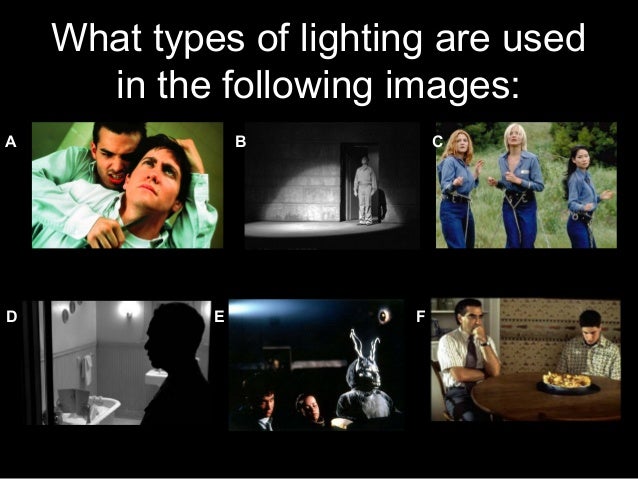
A) Brightly lit scene
B) Dark, intense lighting with use of bright spotlight
C) Natural, 'every-day' lighting
D) Bright background but dark shadowing silhouette
E) Dark background but faces lit
F) Light, natural lighting
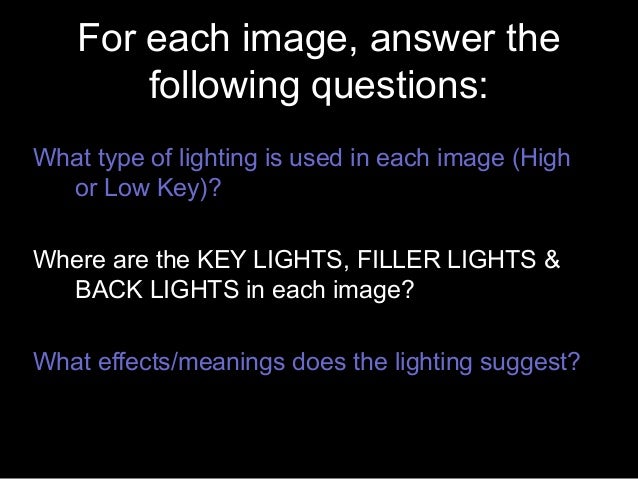
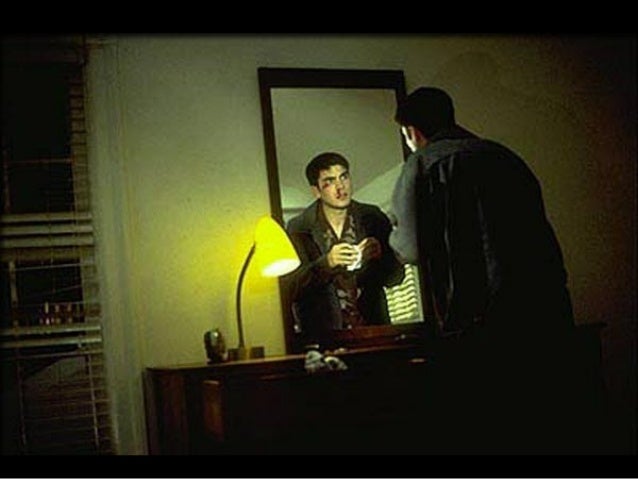
Lamp= key light
Mirror= filler light
Window= back light
Eye drawn to lamp, lighting emulates eerie atmosphere
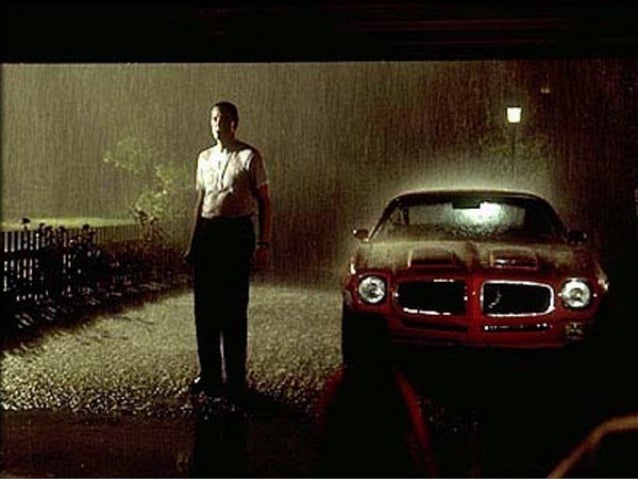
Lamp= key light
Person= filler light
Back light.
Two main focal points, one as lamp then second is the man
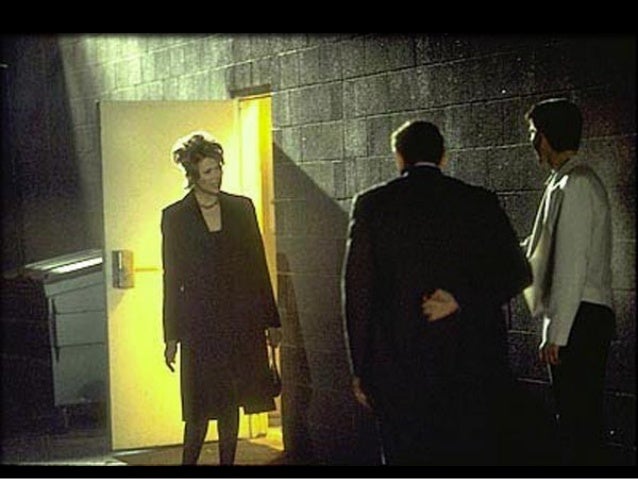
Door= key light
Above door= filler light
Behind door= back light
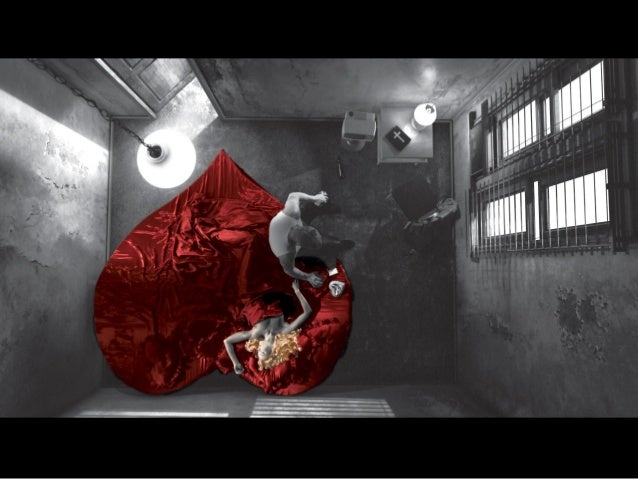
Hanging light on left= key light
Lamp in top right=filler light
Window/door= back light
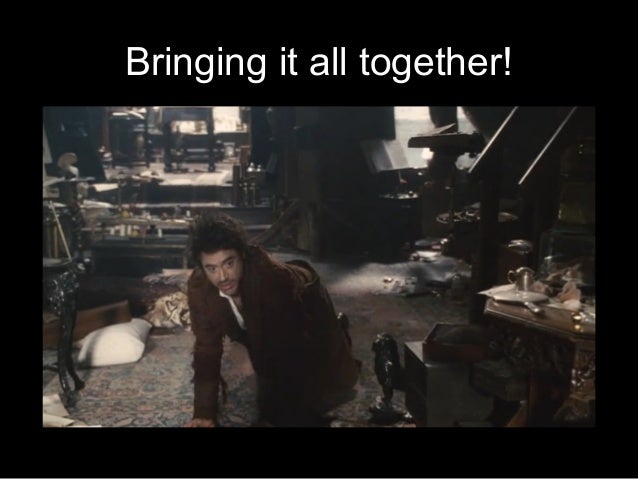
?= key light
light out of shot=filler light
Window=back light
Bringing it all together:

The main character (Robert Downey Jr) is the focus of the shot and not top on and blood running down his face to show the intensity of the scene. The character has a serious expression on his face which also conveys the scenes intensity.
ADVERT EMAZE





















